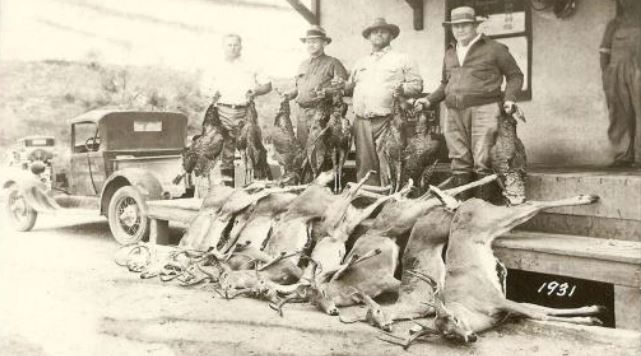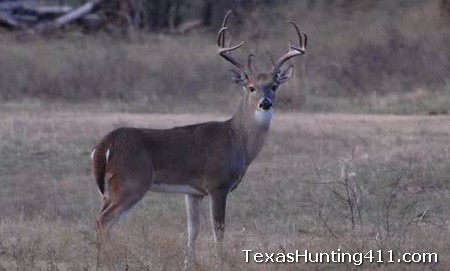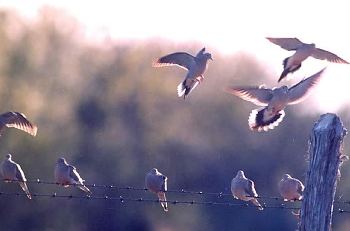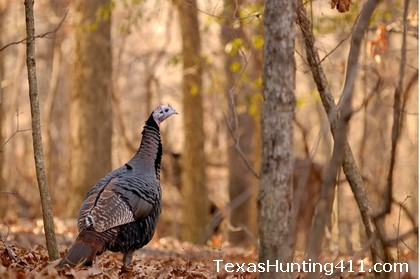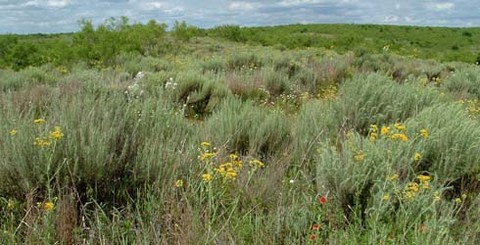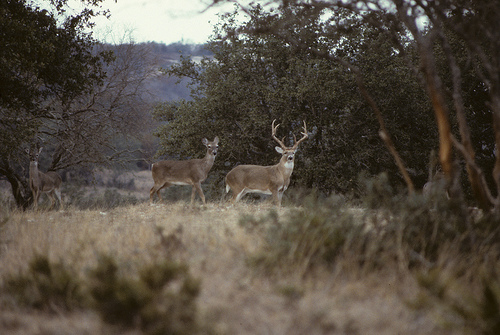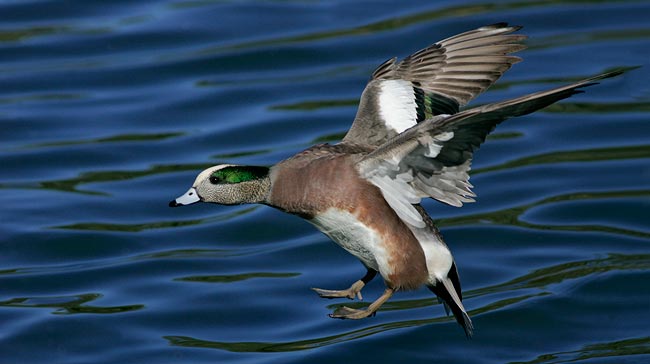White-tailed deer hunting in Texas is quite popular, but do you know about managing deer populations on your property and how hunting regulations are determined at the county and state level? An upcoming workshop by Texas Parks and Wildlife Department will be hosted at the Kerr Wildlife Management Area. The workshop aims to help hunters learn more about managing deer in Texas.
The program will be offered March 21-22, 2015. Here are the program specifics; White-tailed Deer: Interaction between genetics and habitat, the role of genetics and nutrition, age structures, carrying capacity and how these issues are translated into harvest regulations, Kerr Wildlife Management Area. Kerrville, Texas. Persons interested in attending the whitetail management workshop should contact Brock Minton at 361-825-3249 for more information.
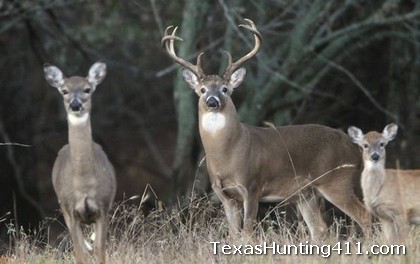
More on the Kerr Wildlife Management Area
The Kerr Wildlife Management Area is owned and operated by the Texas Parks and Wildlife Department. This area was selected as a land base for the Edwards Plateau ecological area to develop and manage wildlife habitats and populations of indigenous wildlife species, provide a site where research of wildlife populations and habitat can be conducted under controlled conditions, and to provide public hunting and appreciative use of wildlife in a manner compatible with the resource.
The Area’s primary mission is to function as a wildlife management, research, and demonstration site for trained personnel to conduct wildlife related studies and provide resultant information to resource managers, landowners, and other interested groups or individuals to acquaint them with proven practices in wildlife habitat management.
Principal wildlife species found on the Kerr Wildlife Area include white-tailed deer, bobwhite quail, javelina, wild turkey, mourning dove, fox squirrel, bobcat, raccoon, skunk, armadillo, ringtail “cat”, rabbit, gray fox, and many species of reptiles and migratory birds.
The Kerr Wildlife Management Area is located at the headwaters of the North Fork of the Guadalupe River. The Area contains 6,493 acres, representative of the Edwards Plateau habitat type of Texas.The Area was purchased in fee title by the State of Texas (Game, Fish and Oyster Commission) in 1950 from the Presbyterian MO Ranch Assembly under the Pittman-Robertson Act using Federal Aid in Wildlife Restoration Program funds.
